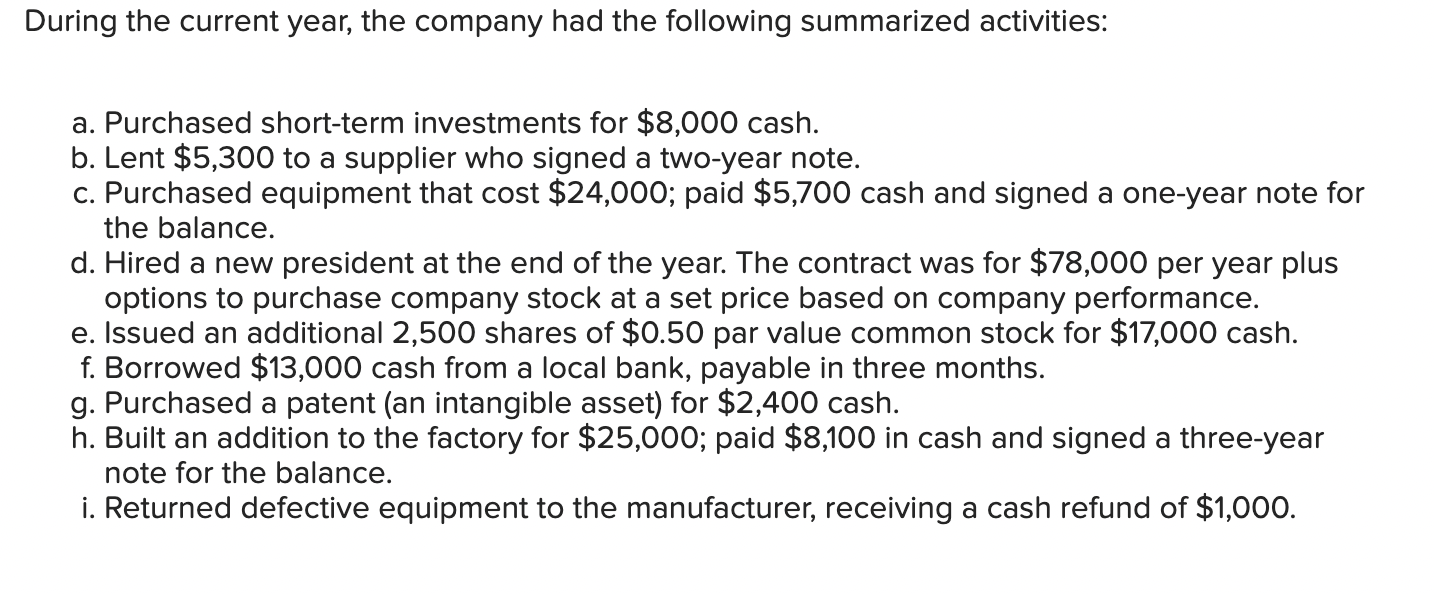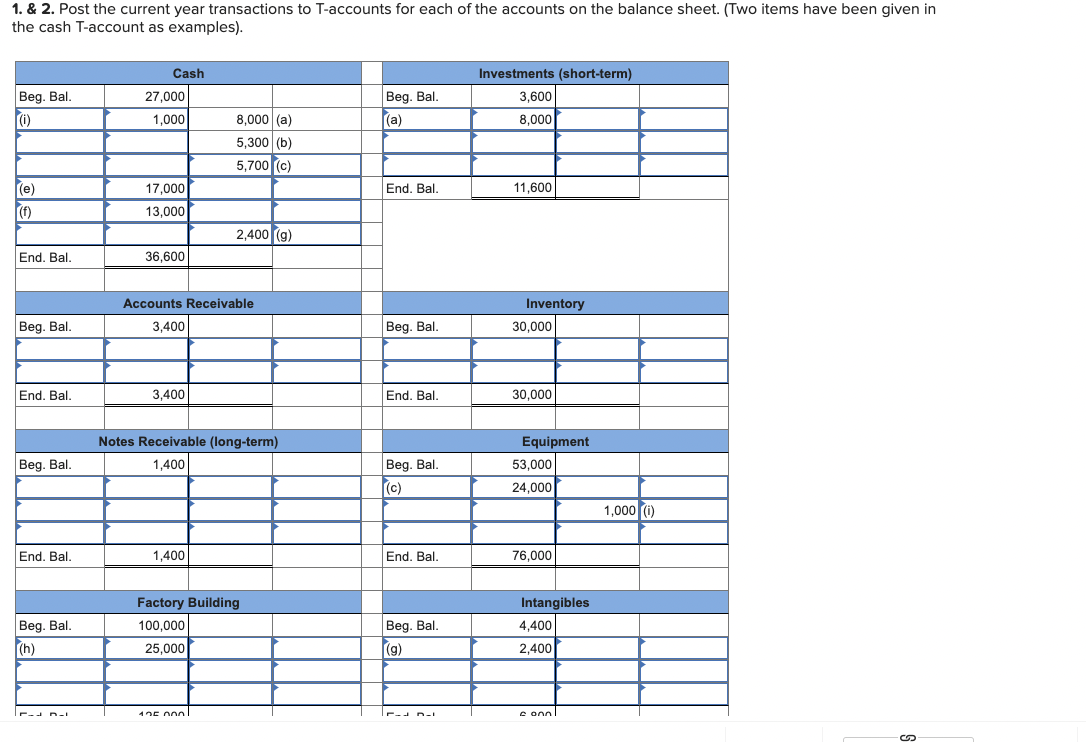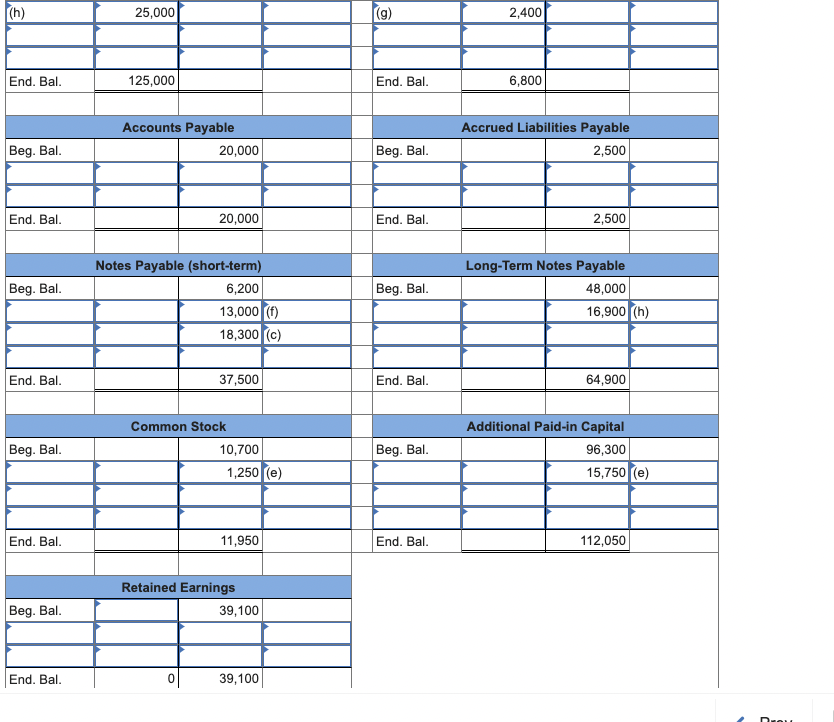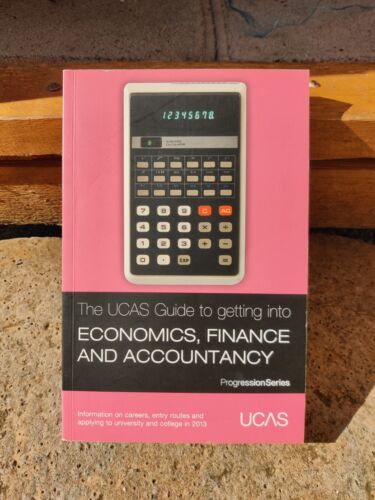



[The following information applies to the questions displayed below.] Cougar Plastics Company has been operating for three years. At December 31 of last year, the accounting records reflected the following: During the current year, the company had the following summarized activities: a. Purchased short-term investments for $8,000 cash. b. Lent $5,300 to a supplier who signed a two-year note. c. Purchased equipment that cost $24,000; paid $5,700 cash and signed a one-year note for the balance. d. Hired a new president at the end of the year. The contract was for $78,000 per year plus options to purchase company stock at a set price based on company performance. e. Issued an additional 2,500 shares of $0.50 par value common stock for $17,000 cash. f. Borrowed $13,000 cash from a local bank, payable in three months. g. Purchased a patent (an intangible asset) for $2,400 cash. h. Built an addition to the factory for $25,000; paid $8,100 in cash and signed a three-year note for the balance. i. Returned defective equipment to the manufacturer, receiving a cash refund of $1,000. 1. \& 2. Post the current year transactions to T-accounts for each of the accounts on the balance sheet. (Two items have been given in the cash T-account as examples). \begin{tabular}{|l|r|r|l|} \hline (h) & 25,000 & & \\ \hline & & & \\ \hline & & & \\ \hline End. Bal. & 125,000 & & \\ \hline & & & \\ \hline \end{tabular} \begin{tabular}{|l|r|r|} \hline (g) & 2,400 & \\ \hline & & \\ \hline & & \\ \hline End. Bal. & 6,800 & \\ \hline \hline & & \\ \hline \end{tabular} \begin{tabular}{|l|r|r|r|} \hline \multicolumn{4}{|c|}{ Accounts Payable } \\ \hline Beg. Bal. & & 20,000 & \\ \hline & & & \\ \hline & & & \\ \hline End. Bal. & & 20,000 & \\ \hline & & & \\ \hline \end{tabular} \begin{tabular}{|l|r|r|} \hline \multicolumn{3}{|c|}{ Accrued Liabilities Payable } \\ \hline Beg. Bal. & & 2,500 \\ \hline & & \\ \hline & & \\ \hline End. Bal. & & 2,500 \\ \hline & & \\ \hline \end{tabular} \begin{tabular}{|l|r|r|r|} \hline \multicolumn{4}{|c|}{ Notes Payable (short-term) } \\ \hline Beg. Bal. & & 6,200 & \\ \hline & & 13,000 & (f) \\ \hline & & 18,300 & (c) \\ \hline & & & \\ \hline & & 37,500 & \\ \hline End. Bal. & & & \\ \hline & & & \\ \hline \end{tabular} Long-Term Notes Payable \begin{tabular}{|l|r|r|r|} \hline Beg. Bal. & & 48,000 & \\ \hline & & 16,900 & (h) \\ \hline & & & \\ \hline & & & \\ \hline & & 64,900 & \multicolumn{1}{|c|}{ (hong-Term Notes Payable } \\ \hline End. Bal. & & & \multicolumn{1}{|l|}{} \\ \hline & & & \\ \hline \end{tabular} \begin{tabular}{|l|r|r|r|} \hline \multicolumn{3}{|c|}{ Common Stock } \\ \hline Beg. Bal. & & 10,700 & \\ \hline & & 1,250 & (e) \\ \hline & & & \\ \hline & & & \\ \hline & & & \\ \hline & & & \\ \hline & & & \\ \hline End. Bal. & & 31,950 & \\ \hline & & & \\ \hline Beg. Bal. & & 39,100 & \\ \hline & & & \\ \hline \end{tabular} Additional Paid-in Capital \begin{tabular}{|l|l|r|r|} \hline Beg. Bal. & & 96,300 \\ \hline & & 15,750 & (e) \\ \hline & & & \\ \hline & & & \\ \hline & & 112,050 \\ \hline \end{tabular}










